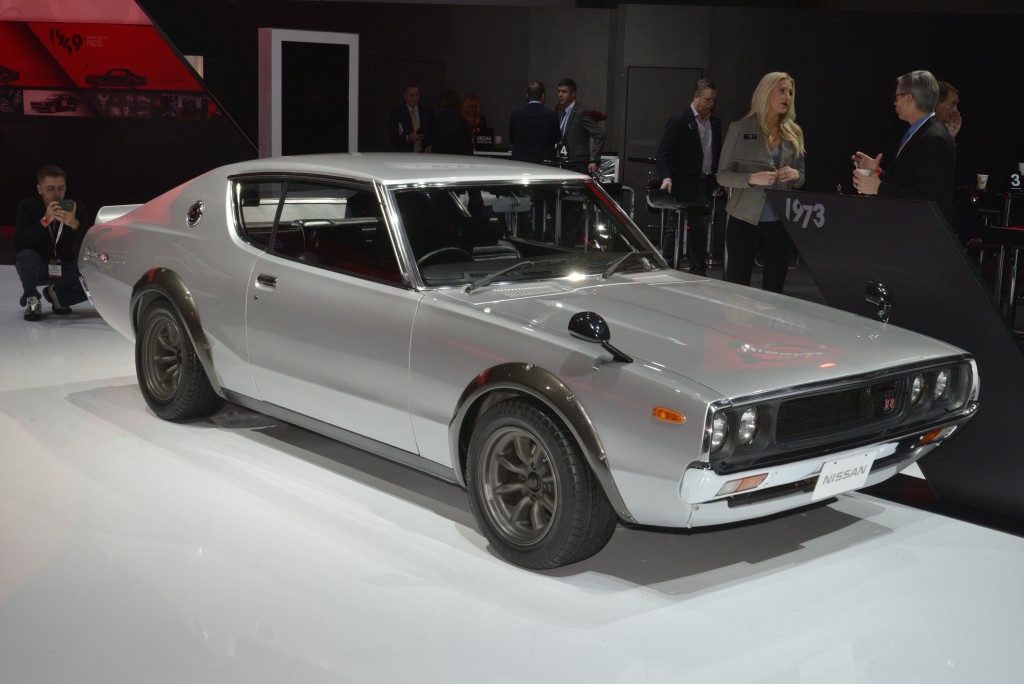Classic Cars: Do Japanese Models Qualify?
The classic car establishment used to turn its nose up at Nissan Skylines and Datsun 240Z coupés but could the tide be turning for modern Japanese classics?

The short answer is no, Japanese automakers didn’t produce anything noteworthy prior to WWII, which is what properly classic cars have to be but if we expand this to “modern” classics then the answer might be very different. Hold on, you might say. Who made these rules anyway, and isn’t modern classic a contradiction? Well, read on and find out for yourself.
The classic car establishment used to turn its nose up at things like Nissan Skylines and Datsun 240Z coupés but could the tide be turning for modern Japanese classics and will they soon sit in collections alongside 1970s Ferraris and 80s Porsches?
When the Beaulieu (the British National Motor Museum) opened its gates for a Simply Japanese rally on the last weekend of July, it attracted 1,248 cars, 35 different owners clubs and 2500 visitors.
Yet when it comes to events like the Pebble Beach Concours d’Elegance in California, a pristine Japanese car will be a rare sight indeed on the impeccably manicured lawns among the Bugattis and Mercedes.

A 1973 Datsun 240Z Coupé © David Newhardt, Courtesy of Mecum Auctions
“There are no pre-war Japanese classics, as such,” explains Peter Haynes from the RM Sotheby’s auction house. The oldest concours events still adhere to the rule that only cars built before WWII are genuine classics.
However, even with the rise of the ‘modern classic’ – think 1950s and 60s Ferraris – Japanese cars have been unfairly overlooked, until now.
“There was a kind of snobbishness but there definitely is a change. Japanese cars of a sexy, sporty nature began to emerge in the 1960s and certainly really came into prominence in the 1970s and 80s,” says Haynes.
It started with the Toyota 2000GT, launched in 1967. “That car has been making $1 million or close to it for a number of years at US auctions,” Haynes points out. And now other cars are starting to find themselves in the same auction catalogues.
This is partly due to people finally accepting that a cool car is a cool car, but part of it is a new generation of collectors.

A 1973 Nissan Skyline 2000 GT-R © Newspress
The lure of nostalgia
Pre-war cars are considered classics because when the classic market first started booming that’s what collectors were buying – the exotic cars of their childhood.
“Those people are no longer with us,” says Haynes. “If you look at buyers at an auction now they are in their 40s and 50s and 60s and they are people of a different era and so are the cars they covet.”
The 2000GT will remain the gold standard because of its rarity – 350 built – but a quick look through the Bonham’s, RM Sotheby’s, Gooding & Co and Mecum catalogues (the four auction houses hosting Monterey auctions during Pebble Beach) will show a growing choice of 1960s, 70s and even 80s modern Japanese classics in amongst the 1960s Ferraris and 1970s Porsches.
“Early [Nissan] Skylines are becoming desirable and even some of the sort of more utilitarian stuff like the [Toyota] Land Cruiser. They’re highly regarded and go for pretty big money,” says Haynes. “Whatever snobbishness may have existed, I think that it’s going – look at the Datsun 240Z. People are finally looking at it as a car and saying that it is a really great looking car…They are finally being perceived as desirable and the values will continue to grow.”

Toyota Land Cruiser J40 1960-1984



